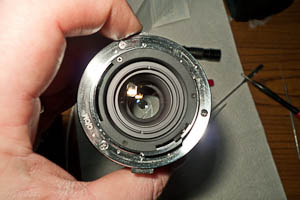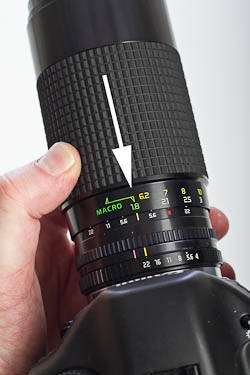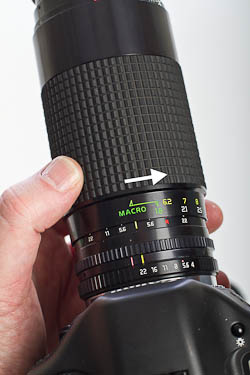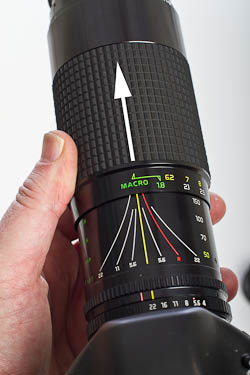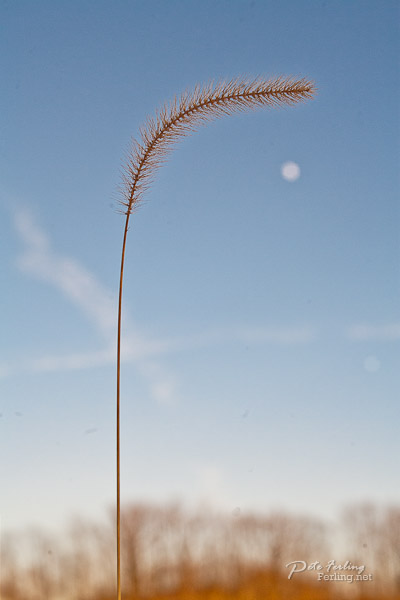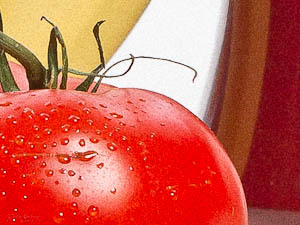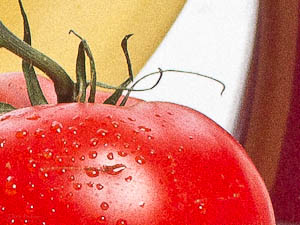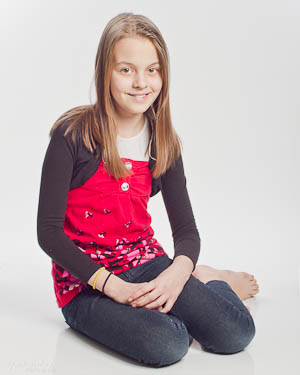
Tokina AT-X 50-250 mm f4-5.6 |
||
|---|---|---|
Specs: It's been well over a year since my last vintage lens review, and while I have occasionally scoured eBay for deals, I was not able to find much in the way of that one unusual lens. You know, the one that goes against the status quo and stereo type and makes you think? Until I happened upon this gem. While it doesn't look like much. It turns out that not looking like much IS the point. Generally, it's the cool looking lenses with their multifaceted, disco and glam looking features that get all the attention. Which is fine if that's what you're after. |
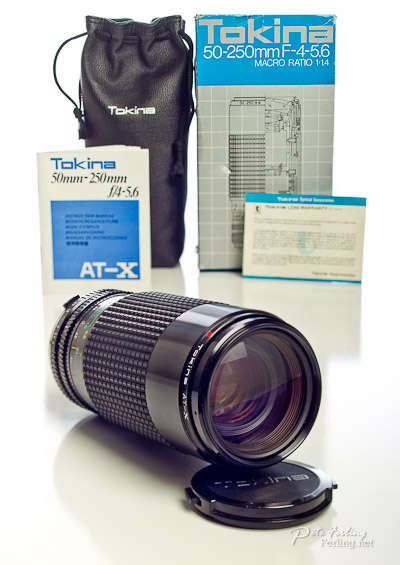 |
|
The Tokina 50-250, while barely vintage (30 years) looks just like about every cheap lens out there. Zoom lenses of that age were pretty much sub-par performance in return for the convenience of extended range. Anything with more than a 3:1 zoom ratio is surely a dog. Why should this one, with a 5:1 ratio, be any better? A quick read on the net revealed positive user reviews, and convinced me to give this one a shot. I was the sole bidder and won it for $50.. Condition: Other than the knurled grip, the lens is essentially a light, compact metal tube. Visual condition was excellent. Not a scratch or blemish could be found, and it came with the all original packaging, manual and warranty card. Either it was well cared for, or saw very little use and kept in the box. Rare indeed. However, there was an issue with a non-functioning aperture, (Ah-ha! Too good to be true). Upon opening it I found that the aperture control flange, a very flimsy piece of metal, had jumped out of the channel that mates with the control dial. It was an easy fix and we were back in business.
I mounted this onto a Canon 5D via an OM to EOS adaptor, walked outside, took a few shots and my jaw hit the floor. The results were stunning! Usage: At f5.6, it's a slow lens, and during it's introduction in the 80's was more suited to bright, sunny daylight use. On overcast days, shade and indoors it required the more grainy, faster films. Which most likely masked the finer details that this lens is able to render. Fast forward to the age of digital tools, with cleaner images at high iso and post sharpening process, and only then can the lens show it's true potential. The lens is a push/pull design, with focus achieved by twisting. I prefer this over having a dedicated zoom and focus ring. This lens does not require require re-focusing when zoomed. Which is nice as I can zoom in to achieve a more precise focus, then zoom out to my desired framing and take the shot. The zoom tube is well dampened to prevent lens creep when held down. Focus is also well dampened, smooth and precise. The lens has an interesting macro mode. While it's 1:1.4 ratio is almost a true macro, there is a drawback as focusing also requires you to use the "push and pull" method.
I find the this method of push and pull to be a little too stiff to achieve the finer focus macro needs. It's best to simply lean forward or back to achieve focus. On a tripod it would be an exercise in futility and would require a focus rack. In which case, for all the effort, you're better of using a real macro lens. Many times when I went from tele to wide, I would easily and accidently put the lens into macro mode as I pulled it back. Still, it's a nice feature to have for those occasional needs, and the images are sharp. Results: I found it to be a pleasing performer. It's one of those rare lenses that you can actually see in the viewfinder when you're in sharp focus. Something I'm more accustomed to with primes and not zooms. I found the 50-250mm range on a full frame camera very useful, and it has replaced my much heavier 80-240 Sun lens for general walk around. Mind you, I do have Canon L glass in that range, but would rather expose these cheaper lenses to the elements for casual use. The only drawback was the front element, which has very little recess and so it flares easily. A hood is required. Tokina did make a dedicated and just as hard to find metal hood. Therefore, I used an old 55mm rubber hood meant for a 50mm lens and it performed well. If you do use a generic hood make sure it won't cause vignette issues at the wide end of the lens.
Studio results were nothing short of awesome. I found results comparable to that of the Canon EF 70-200 L glass! Tokina got this one right.
That said, when using these old manual lenses you lose the ability of both auto-focus (of course) and live view. You first have to set the aperture to it's widest, judge the precise focus through the finder, then manually close down the aperture and shoot. Tethered shooting is a must to know if you hit the target. It's not the tool for "fast paced studios working on a deadline." But at $50? This lens will yield the same results of lenses costing several times more. Just depends on whose holding it. I would even consider this as a backup should my 70-200 L lens fail on site. It's that good. As a final word. Vintage lenses do require a certain amount of work, finesse and post process to achieve good results. Fortunately, we now have the tools to make this possible. It's also worth repeating that time and use (or abuse) will provide lenses with different results. Overall, the Tokina 50-250mm (at least this copy) is another fine brush to add to my artistic kit. I will note that there is one other lens, a Tamron SP 60-300mm f3.8-5.4, that compares and others say is even better, (the only downfall was a weak adaptall mount that breaks easily). Might be worth a look providing a good sample still exists. -Keep Shooting. |
||





